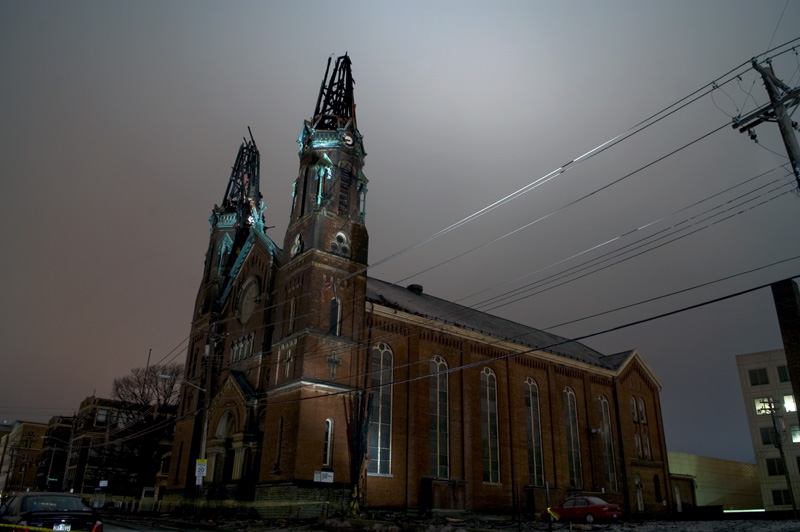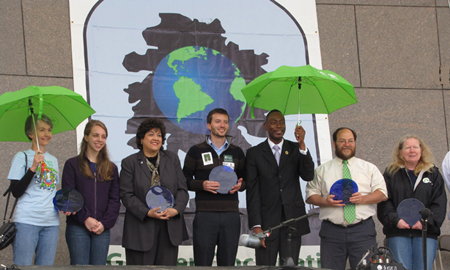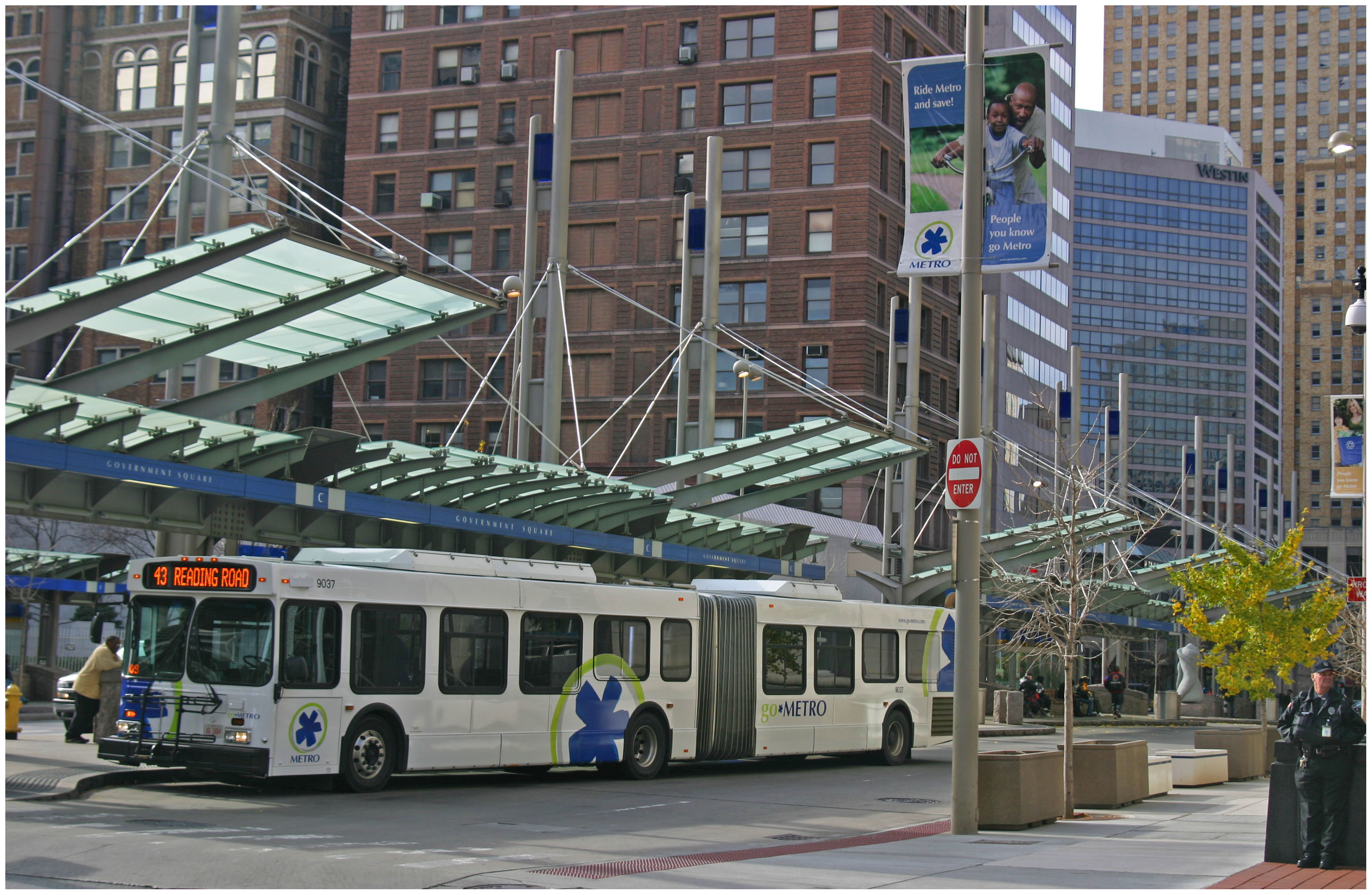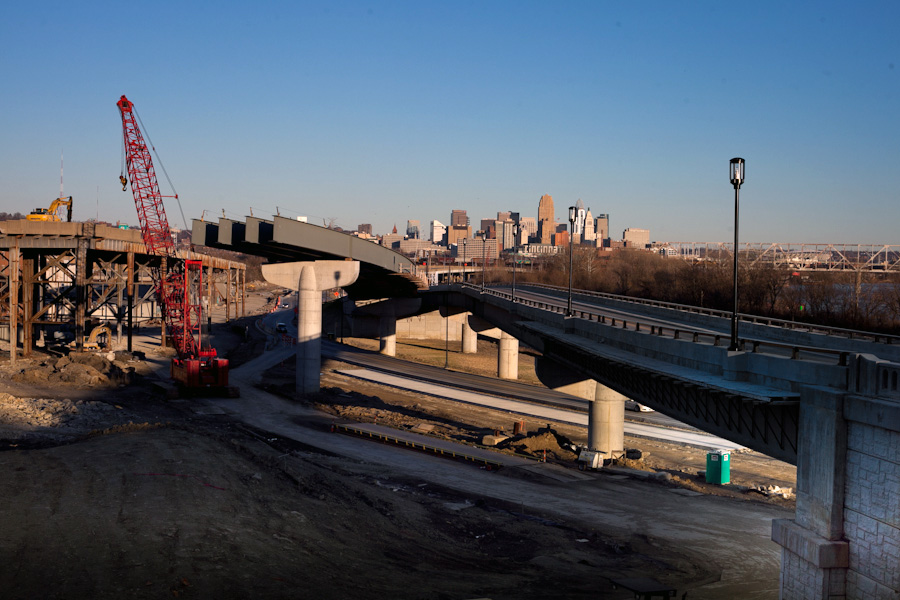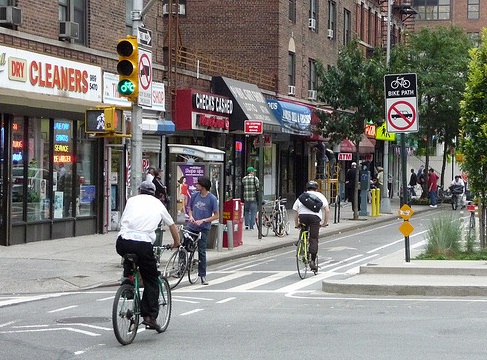Today marks the five-year anniversary of the fire that nearly destroyed one of Cincinnati’s great 19th century landmarks, and took down the Old St. George’s iconic twin steeples.
Designed by famed Cincinnati architect Samuel Hannaford, the western steeple at Old St. George caught fire and quickly spread to the adjacent steeple. The electrical fire on February 1, 2008 brought an ignominious end to the steeples that stood handsomely above Calhoun Street for 130 years.

A bizarre electrical fire claimed the iconic steeples of Old St. George on February 1, 2008. Photographs by Jake Mecklenborg for UrbanCincy.
Those who feared what remained of the church would be condemned awoke the next morning to news that the sanctuary and towers suffered no critical damage, but within days, crews removed what remained of the steeples and installed caps over the towers.
The church saw a variety of reuses throughout the 1990s following its closure as a place of worship in 1993 when it was merged with St. Monica’s just six blocks away. Since going into foreclosure in 2004, however, the building has sat vacant with the occasional redevelopment proposal, including one that would have demolished the structure for a new Walgreens.
In response to the proposed demolition, the Clifton Heights Community Urban Redevelopment (CHCURC) purchased Old St. George for $1.6 million. Since purchasing the building in 2005 very little has happened.
“Part of our mission is to preserve architecturally significant buildings in the neighborhood,” Matt Bourgeois, CHCURC Director, told the Business Courier in March 2012. “It’s one of the more prominent buildings you’re ever going to find.”
Current plans call for the historic church to undergo a $22 million renovation that would transform the space into an 80-room hotel and events center.
